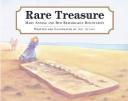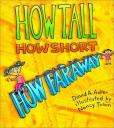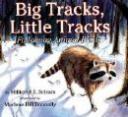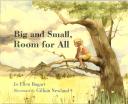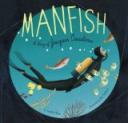Rare Treasure Mary Anning and Her Remarkable Discoveries written and illustrated by Don Brown is a brief biography of her life and a small window into the field of paleontology.
The story begins by letting the reader know that Mary was born in 1799 to a very poor family living in an English port town. Her father taught her and her brother how to look for fossils at the nearby beach. A fascination that started as a hobby became her life’s work at the age of 20. Although she was able to sell the treasures she found, she remained quite poor. “In 1823, Mary discovered her first complete fossil of a plesiosaur…a nine-foot-long creature.” She went on to make many more important discoveries before she died in 1847, at the age of 48.
Curriculum Connections: Rare Treasure Mary Anning and Her Remarkable Discoveries could be used as an introduction into the science of paleontology. Students could learn about the simple tools used in her research (SOL 1.1b) and how and why their findings are arranged and classified (SOL 1.1c), utilizing measurement to the nearest centimeter (SOL 3.1e). Building on that, students could learn how two or more attributes are used to classify their findings (SOL 2.1c), then, how the data from those findings are gathered, charted and graphed (SOL 3.1g).
Additional Resources:
- “Smithsonian Education” offers a lesson plan, activity, and worksheet to help students understand how an archaeologist does his/her job, as well as how to make and record observations in this field of study. This directly relates common practices between archaeologists and paleontologists.
- “Discovery Education” offers a lesson plan, activities, and worksheets to help students understand the concept of scientific theory through the examination of information and artifacts related to dinosaurs, and how evidence helps to support a scientific theory.
- This interactive website allows students to independently utilize the computer to reinforce their understanding of paleontology through a simulated dig site, general information, and videos of students working an actual dig site.
Book: Rare Treasure: Mary Anning and Her Remarkable Discoveries
Author/Illustrator: Don Brown
Publisher: Houghton Mifflin Harcourt
Publication Date: 2003
Pages: 32 pages
Grade Range: K – 3
ISBN: 9780618310814

